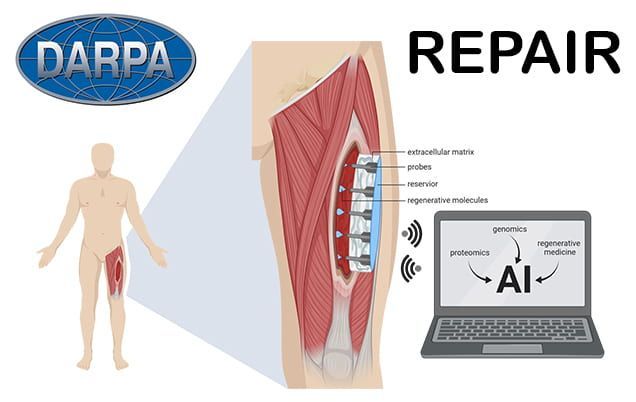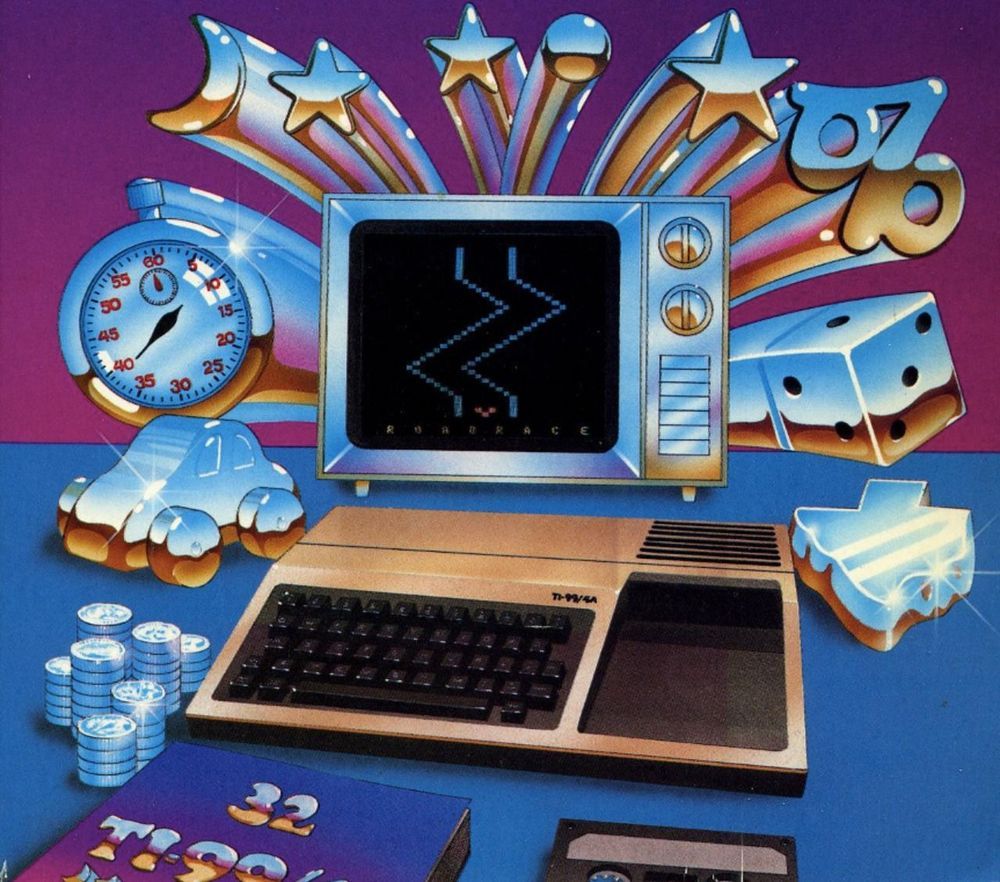Research indicates that fasting could reset our internal clock and help protect against aging related illness.



Canadian firm says it could make 10 million doses per month — if its innovative production method wins FDA approval.
A Canadian company says that it has produced a COVID −19 vaccine just 20 days after receiving the coronavirus’s genetic sequence, using a unique technology that they soon hope to submit for FDA approval.
Medicago CEO Bruce Clark said his company could produce as many as 10 million doses a month. If regulatory hurdles can be cleared, he said in a Thursday interview, the vaccine could start to become available in November 2021.
The unique Icon A5 seaplane can turn any lake into an airport! ✈🌊.

“I think we should be very grateful for the virus because it might be the reason we survive as a species.”
Dutch trends forecaster Li Edelkoort has a provocative outlook on Covid-19, the deadly coronavirus strain that has upended manufacturing cycles, travel plans, and conference schedules around the world. Speaking at Design Indaba, a conference in Cape Town last week, the celebrated 69-year old design industry advisor pictured Covid-19 as a sobering force that will temper our consumerist appetites and jet-setting habits.
Edelkoort, who in recent years has become a fashion sustainability crusader, believes we can emerge from the health crisis as more conscientious humans. “We need to find new values—values of simple experience, of friendship,” she told Quartz. “It might just turn the world around for the better.”

Jeff Falk Rice University 713−348−6775 [email protected]
Jade Boyd Rice University 713−348−6778 [email protected]
Erin Hare University of Pittsburgh 412−864−7194 [email protected]


“The listing was posted on November 15, 2019”
🤔
The job listing is for positions in Dallas, El Paso, Houston, Seattle, Anchorage, Los Angeles, San Diego, San Francisco, Miami, Atlanta, Honolulu, Chicago, Boston, Detroit, Minneapolis, Newark, New York, Philadelphia, and San Juan.
The job description reads, “Serves as a project representative for a program responsible for preventing the importation and spread of communicable diseases.”
All cities currently dealing with coronavirus fears in the U.S. are listed on the job application.


The Japan Maritime Self Defense Force’s latest diesel-electric attack submarine was commissioned on March 5.
By Franz-Stefan Gady for The Diplomat.

A mind-bending new paper suggests our entire Milky Way galaxy could be located inside an enormous bubble where matter is much less dense than everywhere else.
If research bears the theory out, it’d mean that our galactic neighborhood is very different from the rest of the universe — and it could potentially solve a huge problem looming over the astrophysics field.